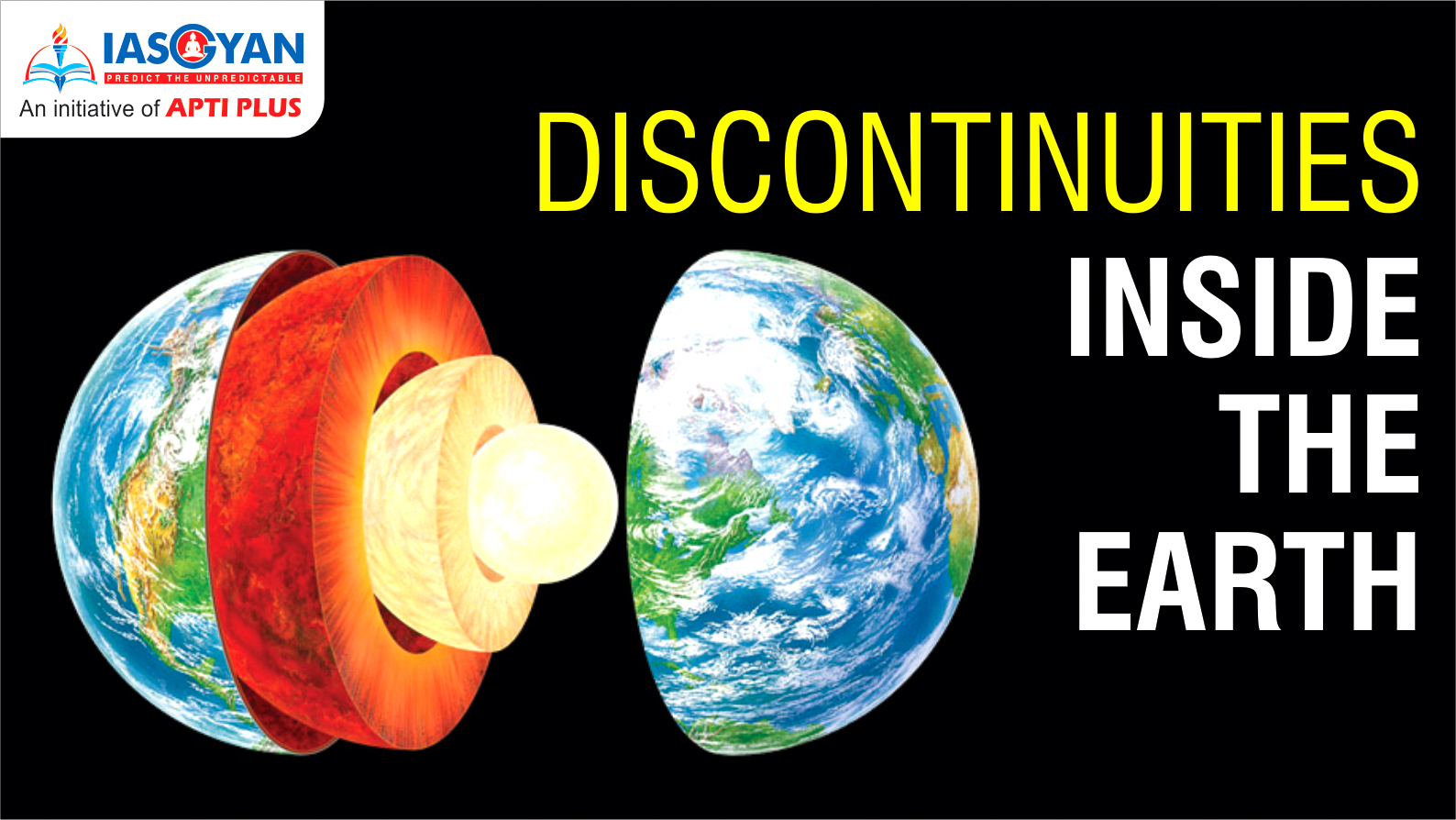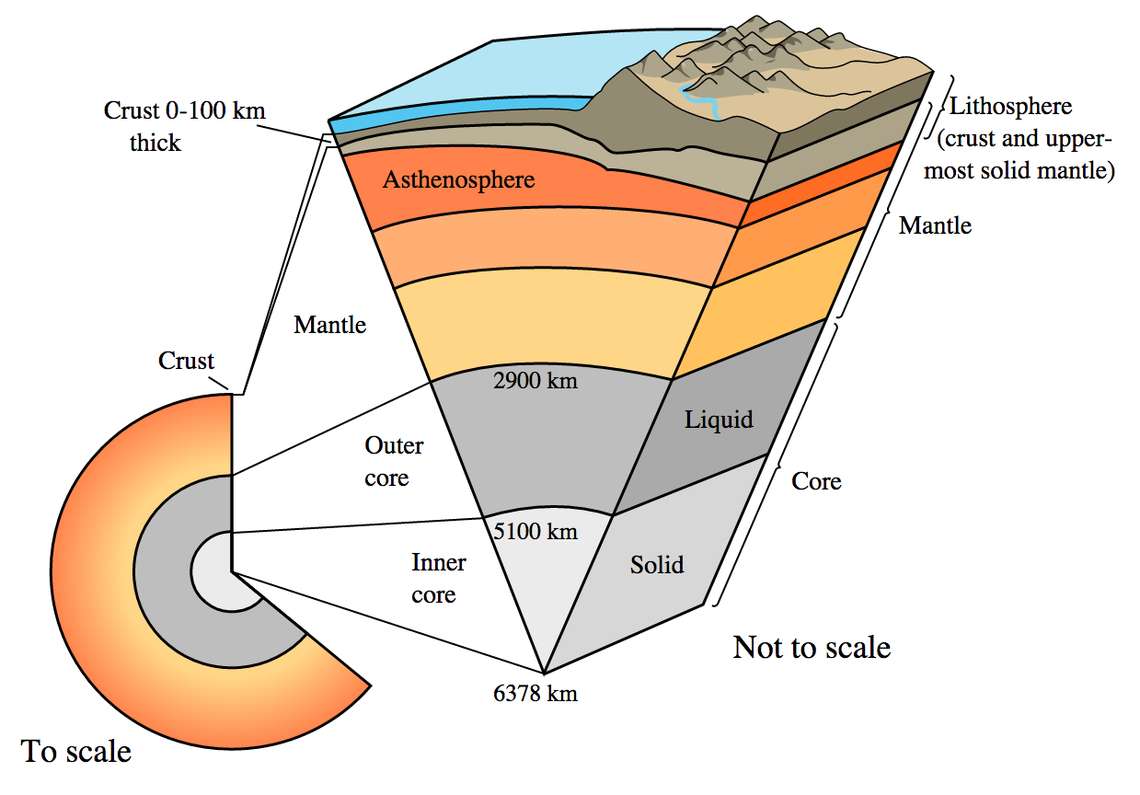




The structure of the earth is divided into four major components: the crust, the mantle, the outer core, and the inner core. Each layer has a unique chemical composition, physical state, and can impact life on Earth's surface. All these layers are separated from each other through a transition zone. These transition zones are called discontinuities.

There are five discontinuities/ Transition Zones inside the earth:

The Conrad discontinuity (named after the seismologist Victor Conrad) is considered to be the border between the upper continental crust and the lower one. The Conrad discontinuity corresponds to the sub-horizontal boundary in continental crust at which the seismic wave velocity increases in a discontinuous way. This boundary is observed in various continental regions at a depth of 15 to 20 km, however it is not found in oceanic regions. In passing through the Conrad discontinuity the velocity of longitudinal seismic waves increases abruptly from approximately 6 to 6.5km/sec.
The transition zone between the crust and mantle is called as mohorovicic discontinuity. The mohorovicic discontinuity was discovered by Andrija Mohorovicic in the year of 1909. The Moho lies at the depth of 35km beneath the continents and 8 km beneath the oceanic crust. The Moho separates both the continental crust and the oceanic crust from underlying mantle. The Moho lies almost entirely within the lithosphere. Only beneath the Mid Oceanic Ridge it is defined as the lithosphere and asthenosphere boundary. Immediate above the Moho velocity of the P wave is 6km/sec and just below the Moho it becomes 8 km/sec. Moho is characterised by up to 500 km thick.
The mantle –core transition zone is called Gutenberg discontinuity. In the year of 1912 Weichert Gutenberg discovered this discontinuity at the depth of 2900 km beneath the earth surface. In this zone the velocity of seismic waves changes suddenly. The velocity of P wave decreases and S wave completely disappear at this depth.
It is a narrow, uneven zone and contains undulations which may be up to 5-8 km wide. This undulation is affected by the heat driven convection activity within the overlying mantle. The mantle core boundary does not remain constant. As the heat of the earth’s interior constantly but slowly dissipated, the molten core within earth solidifies and shrinks, causing the core mantle boundary to slowly move deeper and deeper within the earth’s core.
It is the transition zone between Outer mantle and Inner mantle.
It is the transition zone between outer and inner core. The Lehmann discontinuity is an abrupt increase of P-wave and S-wave velocities at the depth of 220 km. It appears beneath continents, but not usually beneath oceans.
Follow the best IAS Coaching in Bhubaneswar for such useful articles.
© 2026 iasgyan. All right reserved